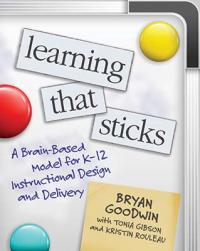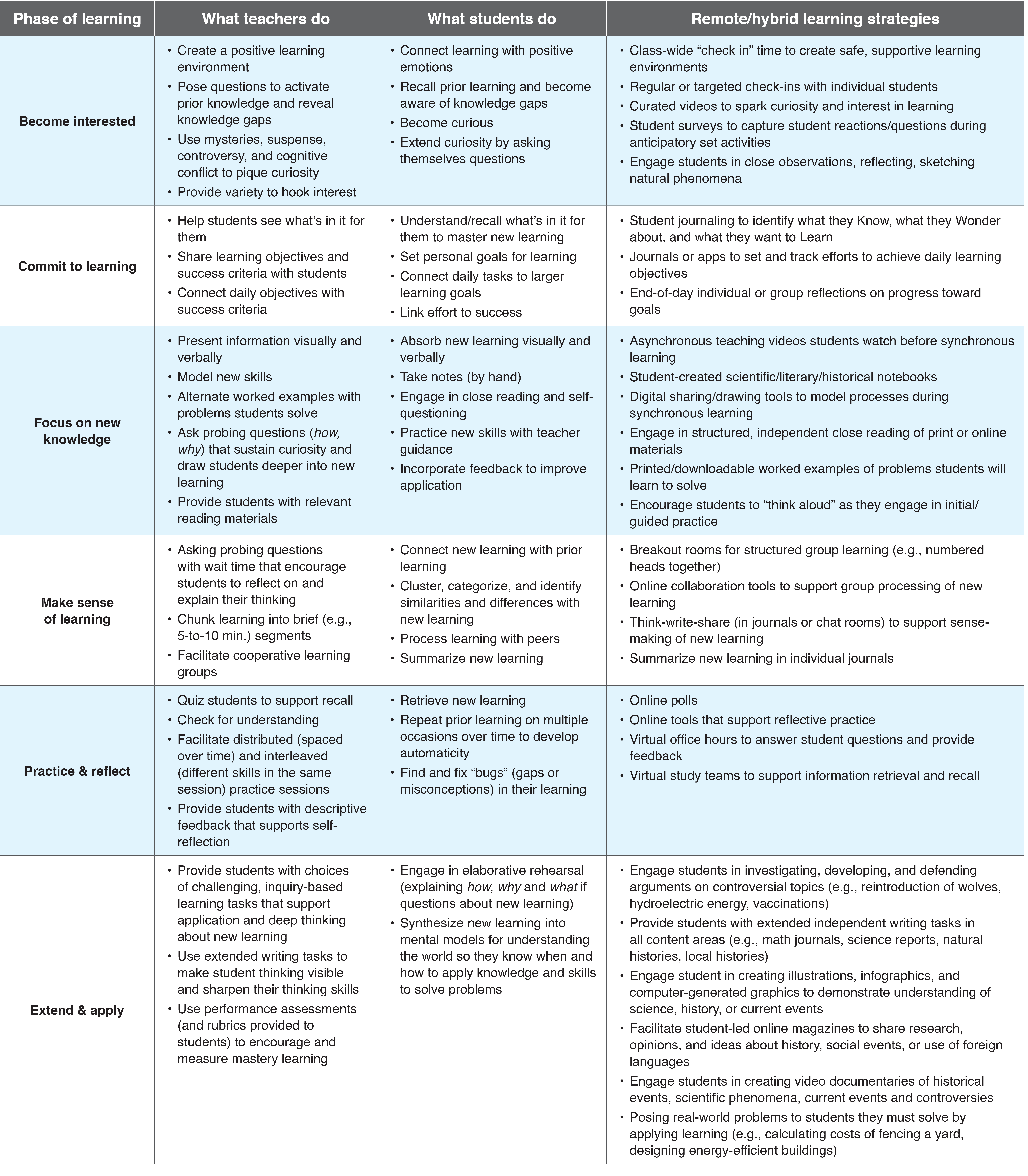
First, the bad news. According to a recent McREL study conducted in collaboration with members of student voice organizations in Oregon and Kentucky, many students experienced steep drops in engagement as their classrooms shifted to remote learning, leaving them feeling as if they were slogging through “busywork” with little direct support from or contact with teachers.
Of course, it’s worth noting that students, especially older ones, felt disengaged long before schools went online. In short, the shift to remote learning didn’t cause disengagement per se, but rather, exacerbated it.
Now for the good news. Students also reported having some good online learning experiences—most often in classrooms with teachers who had provided engaging learning experiences prior to the shift to remote learning.
So, what seems to be the secret? What have some teachers been doing to make their remote learning experiences engaging while many others are, well, unbearable? Contrary to popular perception, it has not been an abundance of digital gimmicks or gizmos, but rather, a consistent, thoughtful focus on the fundamentals of instructional design.
As we note in our new book, Learning That Sticks, and accompanying white paper, Student Learning That Works, the better we are able to design learning experiences with the brain in mind, the more engaging and memorable they will be for students. As it turns out, that’s true whether students are with us in person or learning at home.
In fact, because Zoom fatigue is a real phenomenon, it’s likely even more important that we design remote learning experiences with the brain in mind. One way to do this is to design learning experiences that reflect an iterative, six-phase model of learning:
- Become interested in learning
- Commit to learning
- Focus on new learning
- Make sense of learning
- Practice and reflect on learning
- Extend and apply learning
Perhaps the most important thing to keep in mind when designing remote learning experiences is that it doesn’t all have to occur online. In fact, much of it can (and should) can take place offscreen in decidedly nondigital ways—including students writing in journals, reading print materials, practicing problems in workbooks, and engaging in extended writing tasks, to name but a few “analog” learning activities.
In the table below and an accompanying series of blog posts, we’ll share some insights from Learning That Sticks that you can apply right away to make your remote learning experiences more engaging, productive, and joyful for everyone (yourself included).


